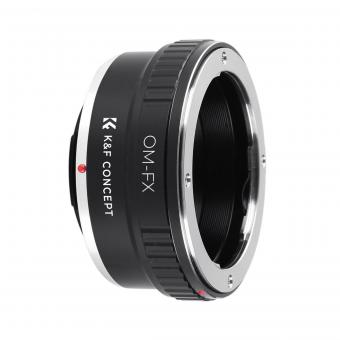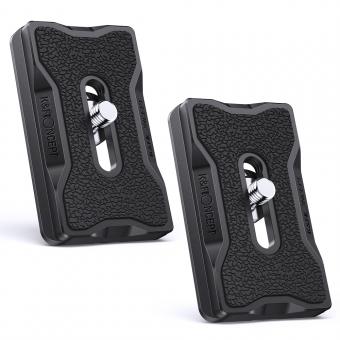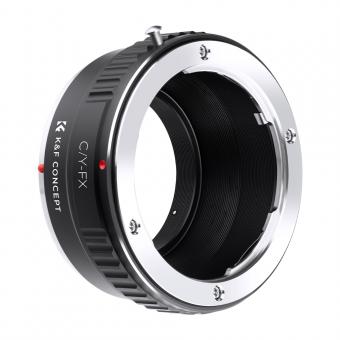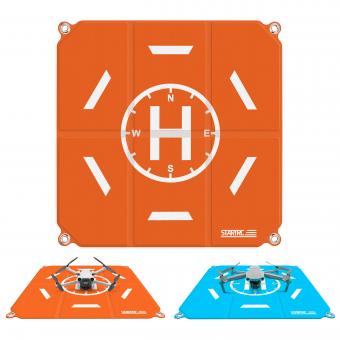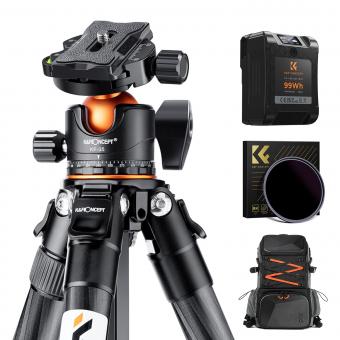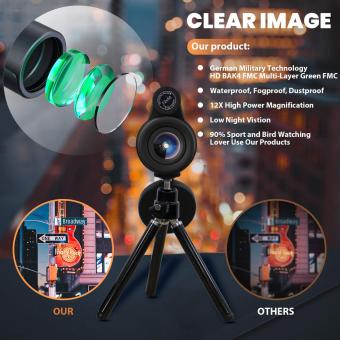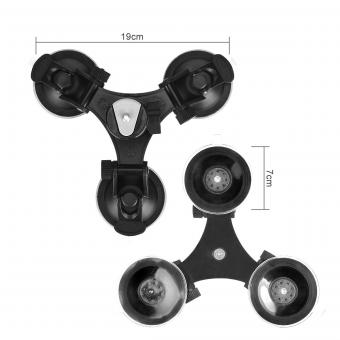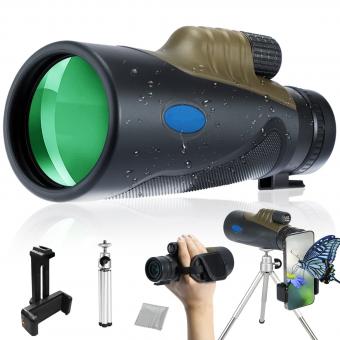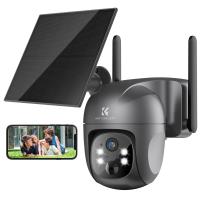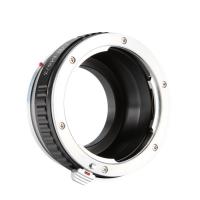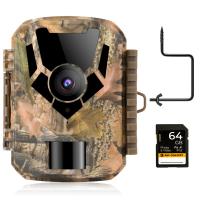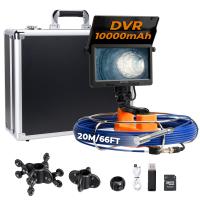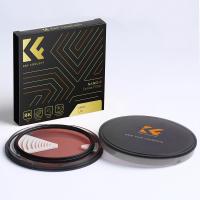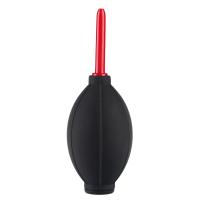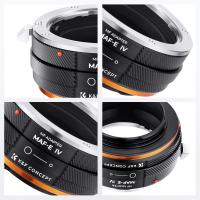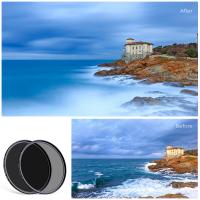Are Tripod Mounts Universal ?
No, tripod mounts are not universal. There are different types of tripod mounts that are designed to fit specific cameras or devices. For example, some tripod mounts are designed for DSLR cameras, while others are designed for smartphones or action cameras. Additionally, there are different sizes of tripod mounts, such as 1/4 inch or 3/8 inch, which may not be compatible with all tripods. It is important to check the compatibility of the tripod mount with your camera or device before purchasing to ensure a proper fit.
1、 Compatibility with different devices
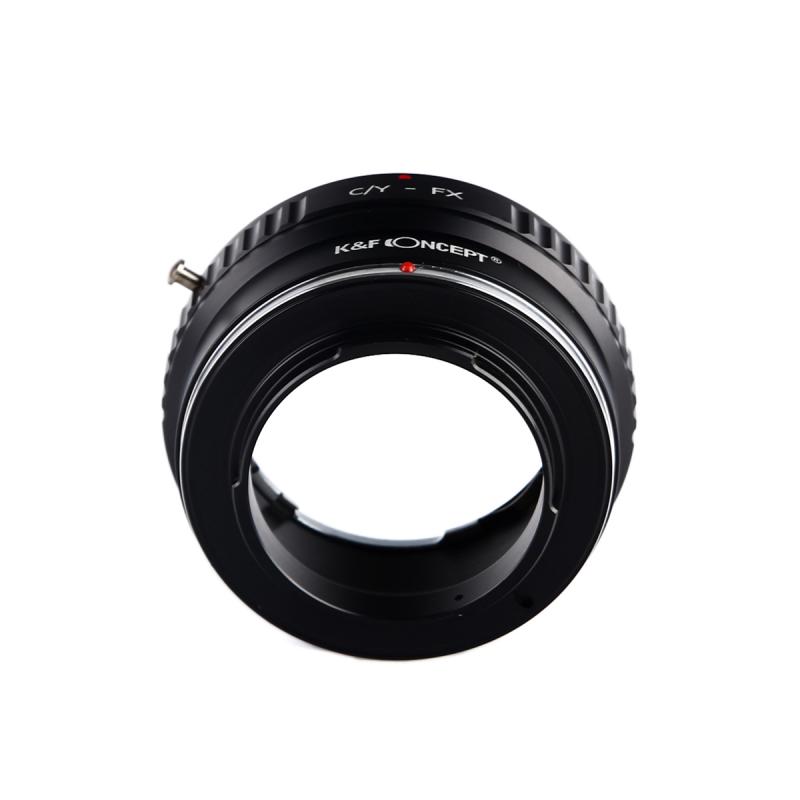
Tripod mounts are not universal, as different devices have different sizes and shapes. However, there are some standard sizes that are commonly used in the industry. For example, the most common size for a tripod mount is the 1/4"-20 thread, which is used by most cameras and camcorders. This size is also used by some smartphones and other devices that have a tripod mount.
In recent years, there has been a trend towards more universal tripod mounts, such as the Arca-Swiss mount. This mount is becoming more popular among photographers and videographers because it allows for quick and easy attachment and detachment of the camera from the tripod. The Arca-Swiss mount is also compatible with a wide range of devices, including cameras, smartphones, and even some tablets.
Another factor to consider when it comes to compatibility with different devices is the weight capacity of the tripod. Some tripods are designed to support heavier cameras and lenses, while others are more suited for lightweight devices like smartphones. It's important to choose a tripod that can support the weight of your device to ensure stability and prevent damage.
Overall, while tripod mounts are not universal, there are standard sizes and more universal options available. It's important to consider compatibility with different devices and weight capacity when choosing a tripod.
2、 Types of tripod mounts

Types of tripod mounts include the standard 1/4-inch screw mount, the less common 3/8-inch screw mount, and the Arca-Swiss mount. The standard 1/4-inch screw mount is the most widely used and is considered the universal mount for tripods. This mount is compatible with most cameras, camcorders, and other devices that have a tripod socket. The 3/8-inch screw mount is less common and is typically used for heavier equipment, such as large format cameras and telescopes. The Arca-Swiss mount is a newer type of mount that is becoming increasingly popular among photographers. This mount is designed to be more secure and easier to use than traditional screw mounts.
While the standard 1/4-inch screw mount is considered universal, it is important to note that not all devices have a tripod socket or may require an adapter to fit onto a tripod. Additionally, some devices may have a different type of mount altogether, such as a hot shoe mount or a clamp mount. It is always important to check the compatibility of your device with your tripod before purchasing or using either one.
In conclusion, while the standard 1/4-inch screw mount is considered universal, it is important to be aware of the different types of tripod mounts and the compatibility of your device with your tripod. The Arca-Swiss mount is a newer type of mount that is gaining popularity, but it is not yet considered universal.
3、 Standardization efforts
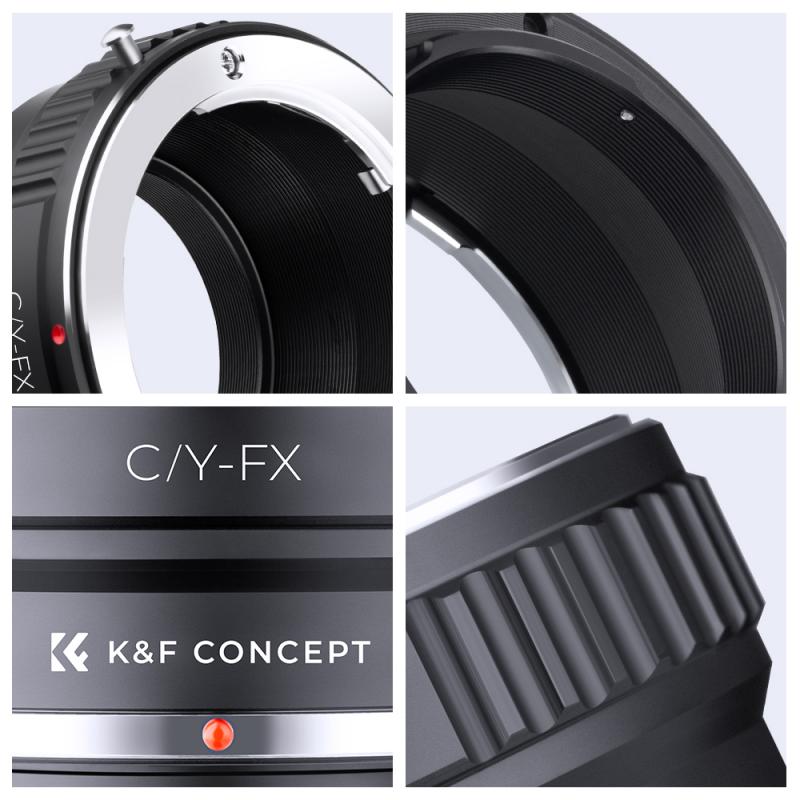
Are tripod mounts universal? The answer is not a straightforward yes or no. While there have been standardization efforts in the past, there are still variations in tripod mounts across different brands and models.
In the early days of photography, there was no standardization for tripod mounts. This meant that photographers had to use different tripods for different cameras, which was inconvenient and expensive. In the 1930s, the International Organization for Standardization (ISO) introduced a standard for tripod mounts, which specified a 1/4-inch screw thread. This standard has been widely adopted and is still in use today.
However, there are still variations in tripod mounts. Some cameras have a larger screw thread, such as 3/8-inch, which requires an adapter to fit onto a standard tripod. Some tripods also have a different type of mount, such as a quick-release plate, which allows for faster and easier attachment and detachment of the camera.
In recent years, there has been a push for greater standardization in tripod mounts. Some manufacturers have started using a larger 3/8-inch screw thread as standard, while others have introduced new quick-release systems that are compatible with other brands. However, there is still a long way to go before tripod mounts can be considered truly universal.
In conclusion, while there have been standardization efforts for tripod mounts, there are still variations across different brands and models. The latest point of view is that there is a need for greater standardization, but progress has been slow.
4、 Limitations and exceptions

Are tripod mounts universal? Yes and no. While most tripod mounts are designed to fit standard sizes, there are variations in the thread size and pitch that can make some mounts incompatible with certain cameras or tripods. For example, some mounts may have a 1/4-inch thread size while others may have a 3/8-inch thread size. Additionally, some mounts may have a different thread pitch, which can also affect compatibility.
However, there are adapters and conversion plates available that can help make tripod mounts more universal. These adapters can allow you to use a mount with a different thread size or pitch, or even allow you to mount a camera with a non-standard tripod mount to a standard tripod.
It's also worth noting that some camera manufacturers may have proprietary tripod mounts that are not compatible with other brands or models. In these cases, it may be necessary to use a specific mount or adapter designed for that particular camera.
Overall, while there are some limitations and exceptions to the universality of tripod mounts, there are solutions available to help make them more versatile and adaptable to different cameras and tripods.

